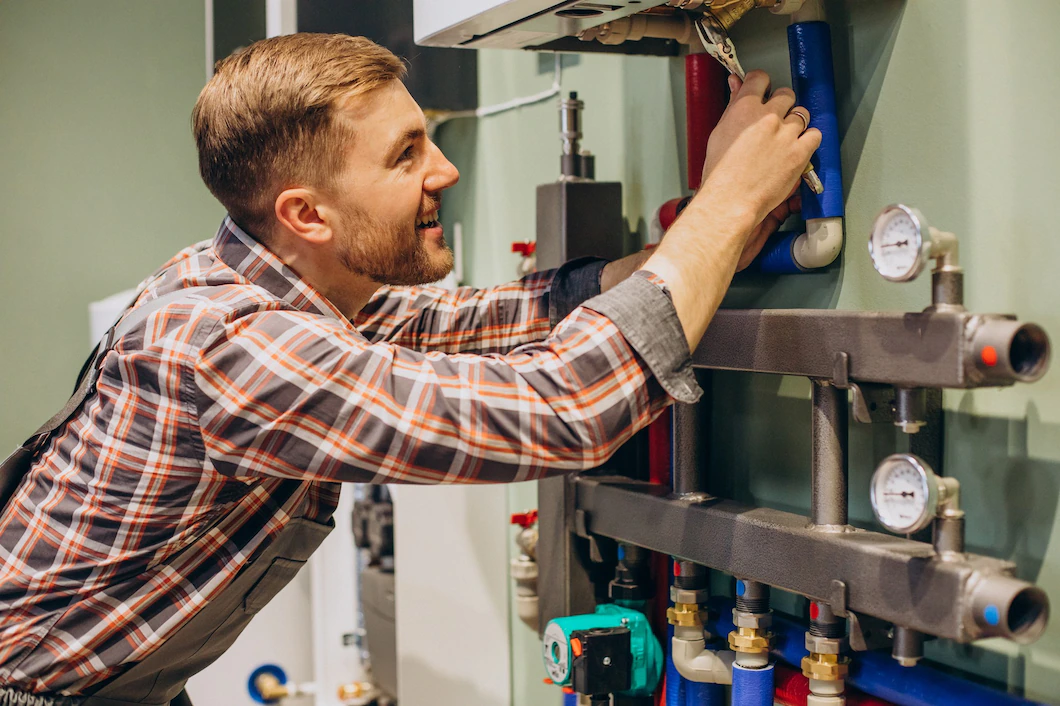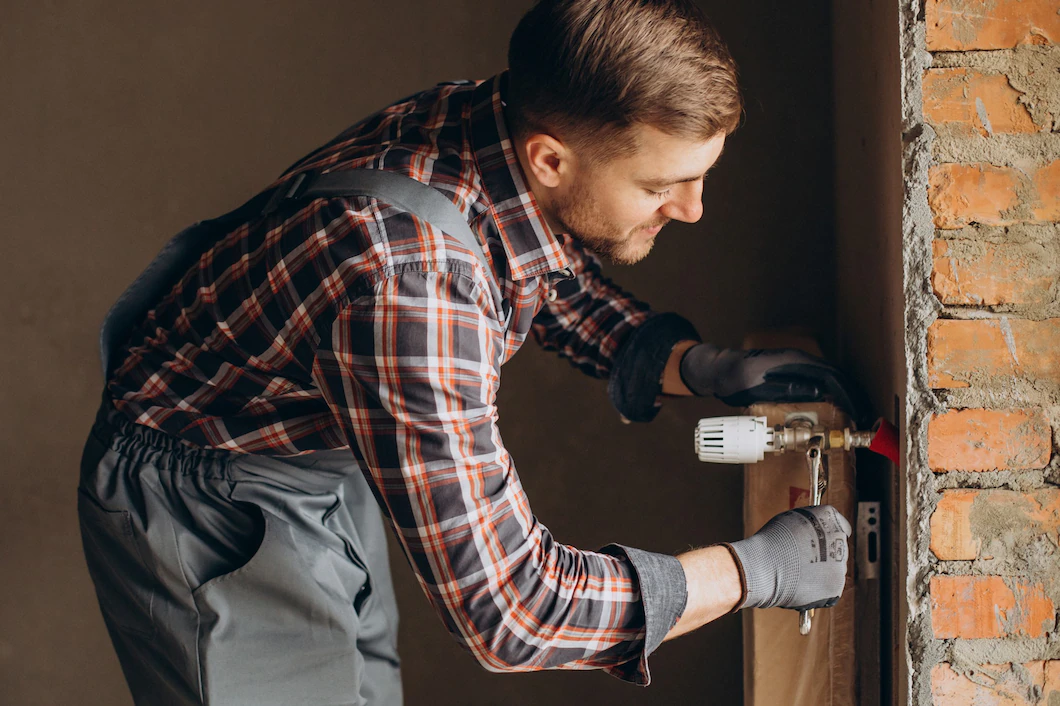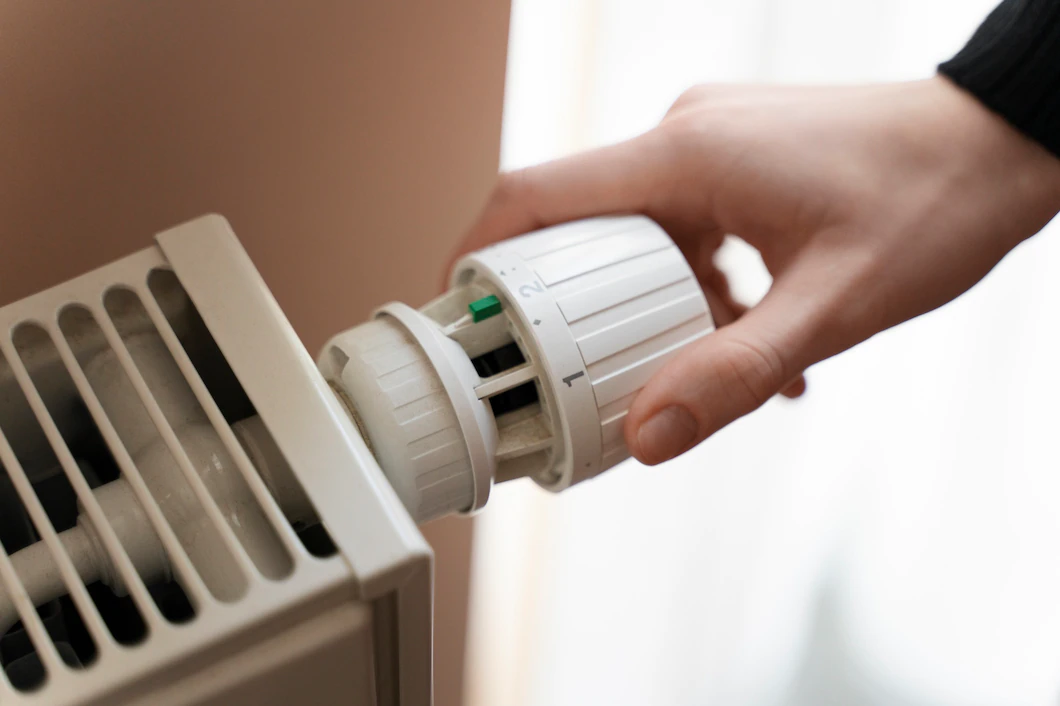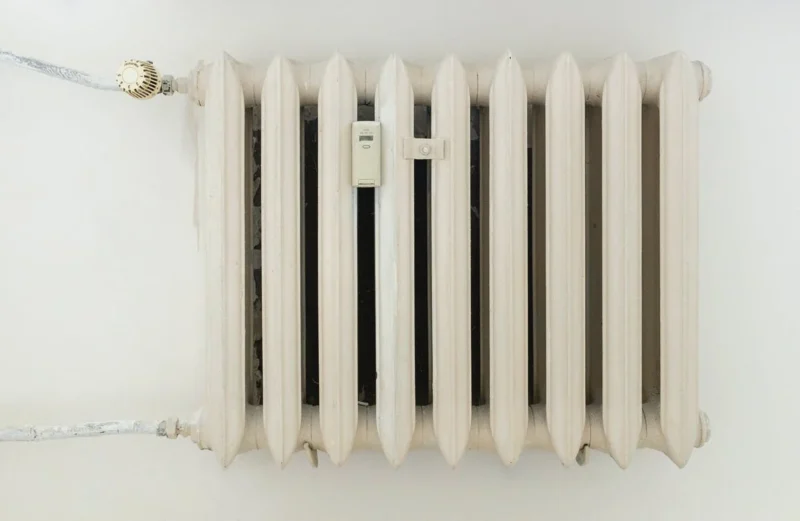The HVAC system is designed to run in the background, keeping your home warm or cool with minimal noise or attention. However, when the systems start to fail, it can be costly and annoying to determine whether it’s time for another repair or a complete replacement.
Here are some top considerations to keep in mind when your furnace is on the fritz.
The System’s Age
A well-maintained furnace with proper heating repair and maintenance visits can last for 20 years or more. However, you’ll likely be ready for a replacement at some point after the 15-year mark. While furnaces are designed to last for a long time, that doesn’t mean they’ll be as efficient or manageable toward the end. However, make sure you understand the sequence of operation for a furnace before you decide to repair or replace your furnace. This will come in useful as you will be able to understand how your furnace should be running and how different parts of your furnace work to keep it running.
If you’re reaching the 15-year mark, it’s time to start thinking about a new furnace— even if you haven’t experienced much trouble yet. If your furnace is older than 15 years and needs several repairs each year, it’s time for an upgrade.
Repair Frequency

At some point, repairing your furnace may become more costly than replacing it. While finding a trustworthy heating repair specialist is important, the goal is not to see them too often. If you’re considering inviting your furnace repair person to Thanksgiving Dinner, it’s time for a replacement.
Take some time to analyze the repair costs against a replacement. When calculating this option, consider the efficiency costs as well. Compared to newer models, your old furnace could be a fuel or electricity guzzler.
Technician Recommendations
Your furnace technician will tell you if they think a replacement is warranted, using the considerations on this list and their expertise. If your furnace tech recommends an upgrade, ask them about their reasoning, a proposed timeline, and the best upgrade option for your home.
Signs of Degradation

If there are signs of degradation in your furnace, an upgrade is necessary for safety purposes. This consideration is also imperative if you plan on selling, as your house may not pass inspection.
The most common sign of furnace degradation is rust. As furnaces are often tucked into basements, the excess moisture speeds up the breakdown of metal parts. Keeping the area around your furnace dry and tidy is a must to prevent early breakdowns.
System Types and New Options
When it comes to maintaining a comfortable and warm home, the role of furnaces cannot be overstated. These essential home appliances provide much-needed warmth during the cold months, and understanding when to repair or replace them can make a significant difference in your home’s comfort and energy bills.
As mentioned, your old furnace may not be as efficient or optimized as some newer models. It’s also worth considering whether the fuel type is ideal or whether it’s beneficial to opt for a supplementary heat source.
Many homeowners are moving away from oil heat toward heat pumps. While heat pumps increase electricity usage, they aren’t as inefficient as baseboard heaters. Additionally, you can use mini-splits for localized climate control in high-traffic rooms instead of paying to heat the entire house when only one or two rooms are in use. Talk to your heating specialist about the best options for your home.
Home Size and Additions

If you’ve changed the layout or size of your home in recent years, your furnace may no longer be optimal. Furnace sizes are designed for square foot ranges. As many people have repurposed garages or finished the basement for extra space during the pandemic, the existing heat system may be insufficient. Temperature inconsistencies and high heating costs may be related to improper furnace sizing rather than repair needs.
Think through these considerations when determining whether to spring for another repair visit or if it’s time for a heating system upgrade. Work with a reliable home heating specialist to choose the best course of action.


